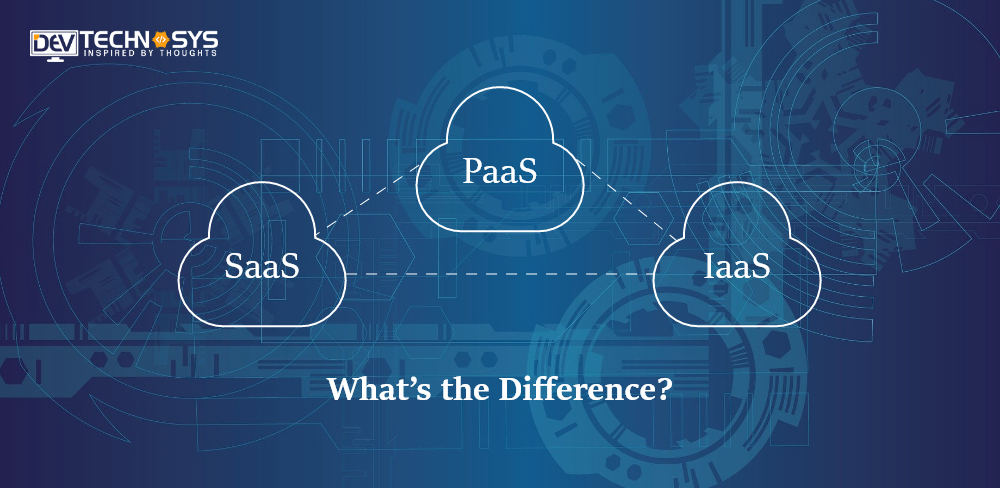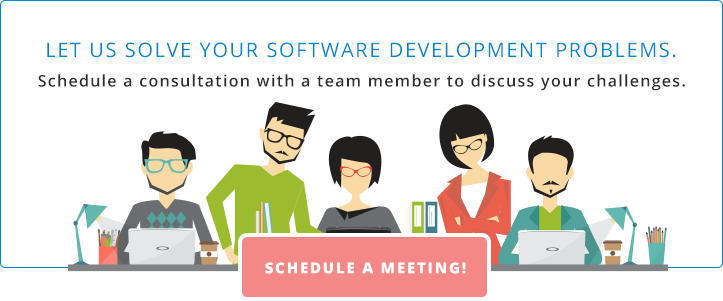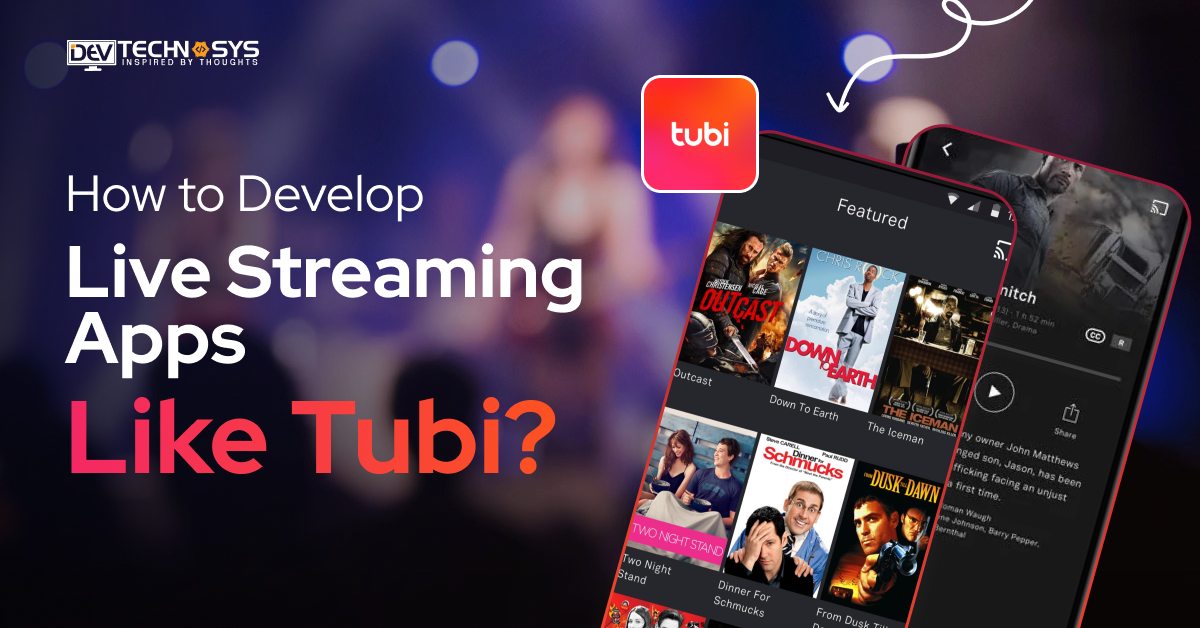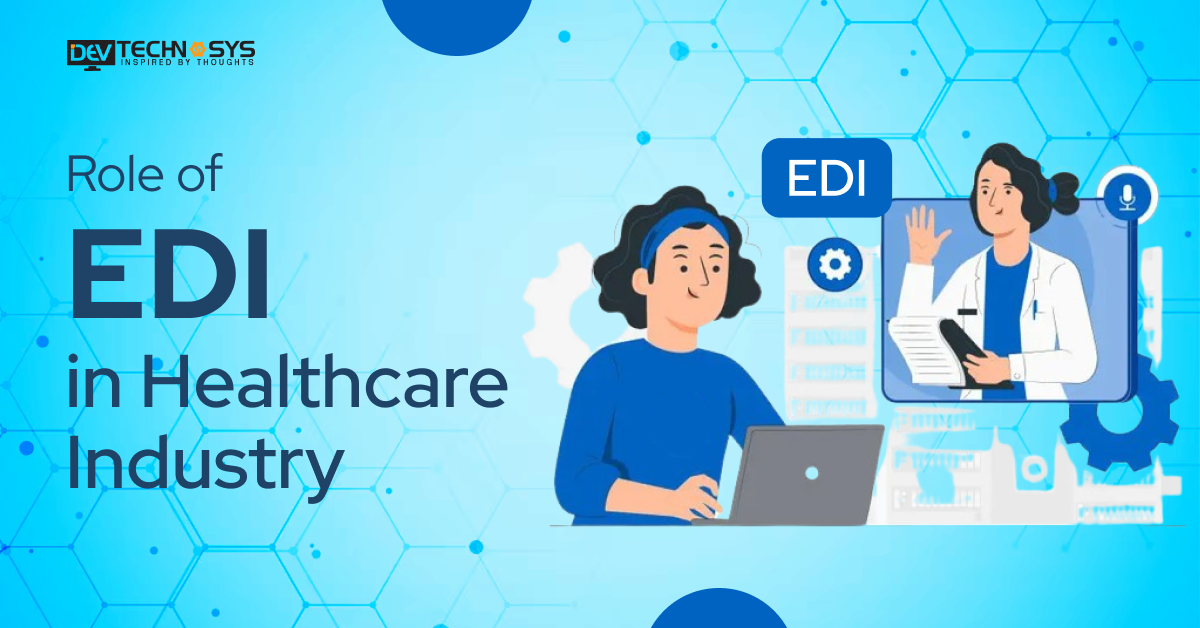Back when “cloud” was introduced to the world of technology it revolutionized everything, to say the least. From that day to today, the cloud has been used in several applications and has become an important part of the IT world.
In addition to that, more and more businesses are adopting cloud environments and moving away from their on-premises counterparts. But as with everything there are different models in cloud services. That is why today we will be looking at SaaS vs PaaS vs IaaS.
In this blog, we will be learning all about these three different modes of cloud computing services. We will be looking at what they are where they are used and also comparing them to each other term by term.
By the end of the blog, you will know which the best choice for your business needs is. This will help you decide whether you should hire a SaaS development company or PaaS or IaaS.
So, without further ado, let’s get right into it:
Table of Contents
What Are The Differences Between SaaS vs PaaS vs IaaS?
So, we shall be looking at the major differences between SaaS vs PaaS vs IaaS. Let’s start with their name. They stand for:
- IaaS – Infrastructure-as-a-Service
- PaaS – Platform-as-a-Service
- SaaS – Software-as-a-Service
Now, the name itself of these three different services implies what they deal with. However, contrary to popular belief, they aren’t opposites of each other.
Rather each of these three services deals with different aspects of IT management and offers an alternative to self-managed solutions which are way costlier than the former one.
But before we compare these cloud computing services to each other, let’s compare them to their traditional counterparts. So, before the cloud was introduced companies used to maintain theirs on in-house IT infrastructure.
While it provided many benefits the cost to maintain the same was quite high. Due to this high cost, smaller businesses couldn’t afford the services.
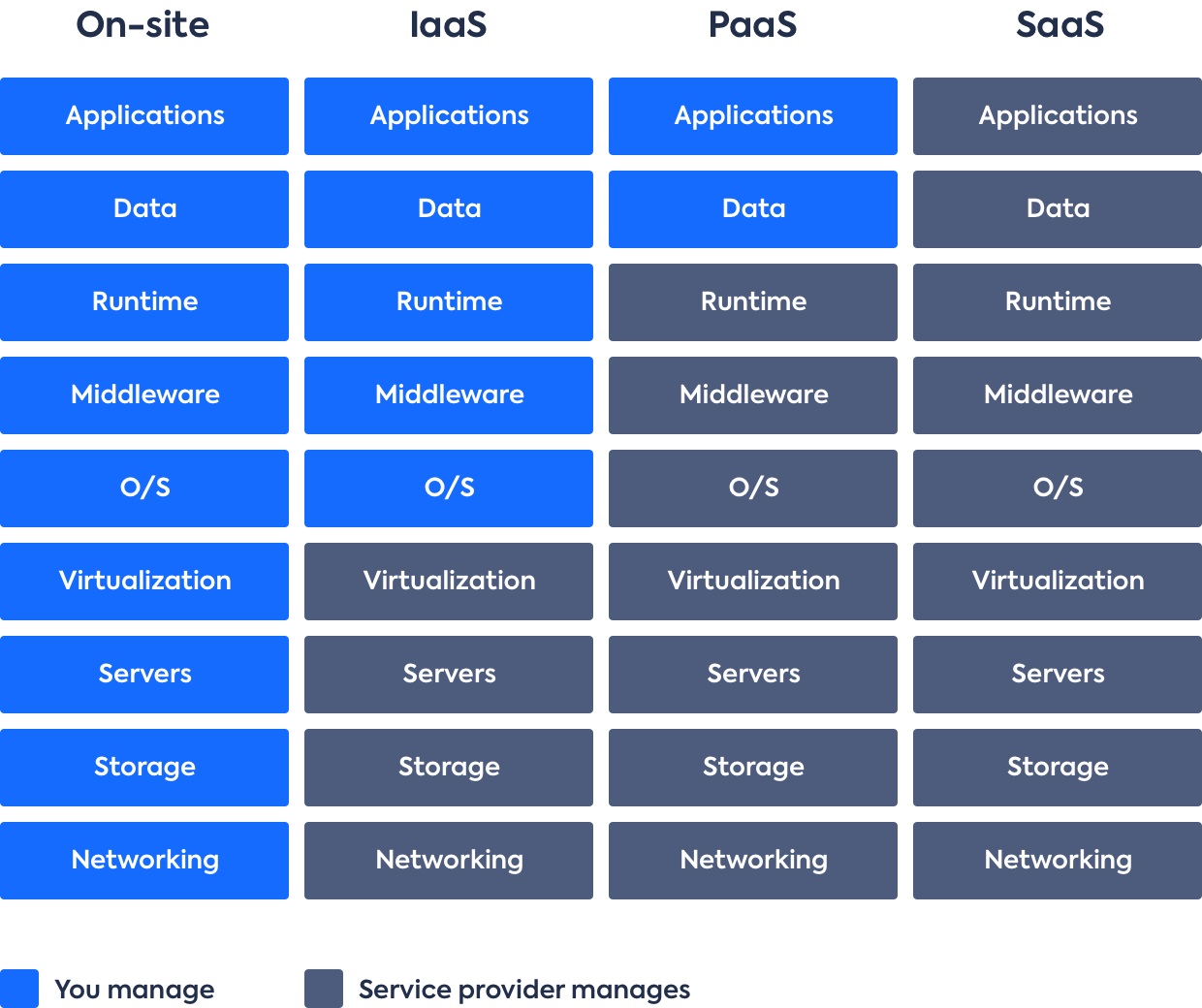
Now, in contrast to this, cloud computing solutions including IaaS, PaaS, SaaS, removed the need for in-house Infra and provided all of these through the cloud. This was cheaper too, as they are usually offered on a Pay-as-you-go method.
In addition, cloud services provide better infrastructure at a cheaper price than what the business itself would have maintained.
All in all, the business saves many costs by not buying things but renting them as per their needs. This is the reason why most eCommerce Website Development companies as well as other businesses choose cloud options.
Now, that this is out of the way, we shall be looking at the “SaaS vs PaaS vs IaaS”. We will be looking at each of these cloud computing services. We will be looking at their definition, how they are used, their examples, and other things.
So, with this being said, let’s get right into it:
IaaS – Infrastructure-as-a-Service
IaaS stands for Infrastructure-as-a-Service and it is one of the most popular cloud computing services. Through these services, organizations get resources including networking infrastructure, on-demand storage without actually needing to buy them.
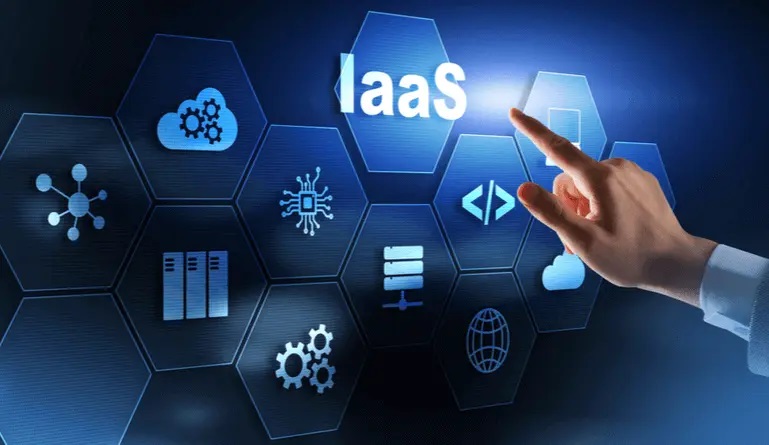
Therefore we can say that Infrastructure-as-a-Service is quite scalable and provides business quite flexibility. one can see it as the basic layer of cloud computing and virtualized components are quite readily available over the internet.
IaaS Examples
Let’s look at some of the companies that offer IaaS services from their platforms. Some of these companies might also offer the other two cloud computing services:
- Amazon Web Services (AWS)
- Google Compute Engine (GCE)
- IBM Cloud
- Microsoft Azure
- Rackspace
- Linode
- Cisco Metacloud
- Digital Ocean
- Vultr
- Oracle Cloud
Who is it for?
Through IaaS businesses whether small or larger can extract many benefits. As for smaller companies they don’t need to purchase the hardware and spend money on the same.
On the flip side, larger businesses who want absolute control over their application while only needing specific resources can use these services. It is the scalability of IaaS that makes it such a great option for companies of all sizes.
IaaS Delivery
Businesses can get full access to networks, servers, operating systems, and data centers/storage among other things. Much like any other cloud computing-based service, IaaS (Infrastructure-as-a-Service) is delivered through the internet.
On the internet services are provided through virtualized techs like Dashboard or even APIs. This also allows client size to have control over the services they are paying for.
Here, the IaaS services provider is the one wh
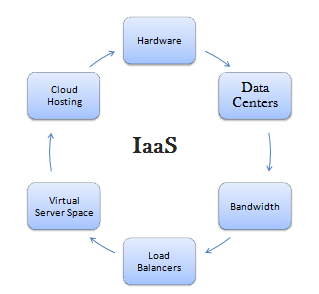
o manages and maintains all the hardware including likes of, including hard drives, storage, and virtualization tools. Nevertheless, applications, runtime, OS, middleware, and data are to be managed by the business that is paying for it them. Since there is Payment Gateway Integration, clients don’t need to worry about anything. For it is entirely secure.
IaaS Pros
Needless to say, there are several benefits that one can avail through Infrastructure-as-a-Service. After all, moving to cloud-based services always had its benefits. Nevertheless, these advantages are, as mentioned below:
- IaaS offers amazing flexibility when compared to other cloud computing models
- Infrastructure-as-a-Service allows automation of several deployments including servers, storage, and networking.
- Much like other cloud computing services, it allows businesses to cut costs without compromising the quality of services.
- Despite being cloud-based, IaaS provides amazing control over the infrastructure.
- Since the services are Pay-as-you-go, you can easily upscale or downscale as per your business needs.
Why An Entrepreneur Who Is New To The SaaS World Might Choose A SaaS Development Company?
IaaS Cons
As good as IaaS is, there are some downsides to it. Few of these are, these things are, as mentioned below:
- Legacy applications need to be enhanced to support the new infrastructure before moving to clouds.
- The staff of business might need to undergo training to adapt to managing and monitoring IaaS.
- While IaaS offers a sufficient amount of control, there are still security threats that come with it.
Platform-as-a-Service (PaaS)
Platform-as-a-Service which is more popularly known as PaaS is of the most beneficial enterprise mobility services, that cloud computing companies offer.
This service provides platforms to clients through virtualization technologies. This is especially useful for developers or development companies who can use the frameworks and different tools to develop applications and software.
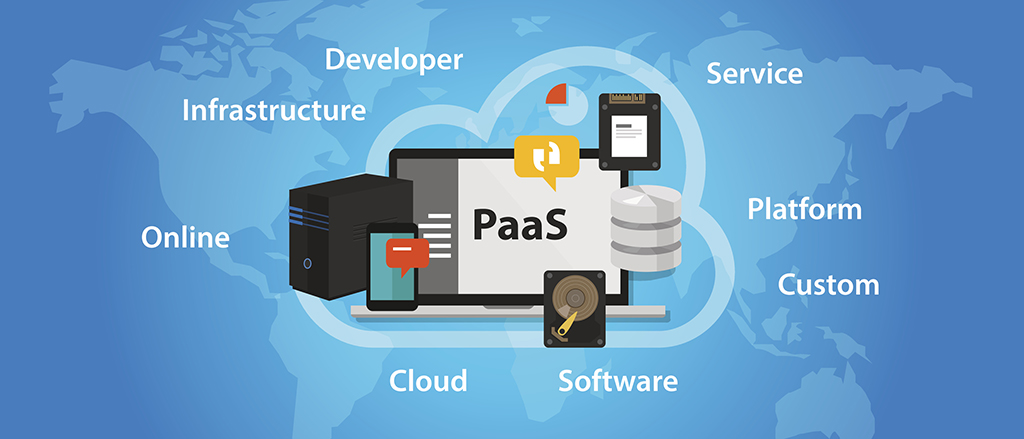
It is quite clear that PaaS is a watered-down version of IaaS. Thus, there are quite a few similarities between these two. For instance, it provides access to servers as well as data centers.
These will be maintained by the service provider just like in IaaS. But the primary object of this cloud computing service is to create SaaS applications.
This might come as surprise if you are looking at SaaS vs PaaS vs IaaS debate first time. Nevertheless, let’s look at the example of the same service.
PaaS Examples
Some of the examples of companies that offer Platform-as-a-service are, as mentioned below:
- Google App Engine
- OpenShift
- Heroku
- com
- Windows Azure
- AWS Elastic Beanstalk
- Apache Stratos
- Magento Commerce
- AWS Lamda
- SAP Cloud
Who is it for?
There are several different kinds of clients who can enjoy the advantages that are offered by Platform-as-a-service. It is to say that if there is a team of developers who are working on the same project can use PaaS to streamline the workflow.
This is why this is big for any Custom software development company. In addition, vendors can also be added and the entire thing is quite flexible.
Furthermore, this is an amazing option for businesses who want customized application development and deployment of the same in a limited amount of time.
PaaS Delivery
Since PaaS is just like a lesser version of SaaS, their delivery is comparable. For it is quite similar except for one difference and that is client won’t have access to online software. Rather they can access the said platform for application and software development.
PaaS Pros
There are quite many benefits a client gets when they pay for a platform-as-a-service or PaaS. Some of these are, as mentioned below:
- PaaS offers quite a simple method for cost reduction as it is an effective method for quick development and deployment of new applications.
- The services provided through PaaS can be adjusted as per needs so this makes it quite scalable.
- Platform-as-a-service offers easy migration from traditional methods to hybrid cloud models.
- One of the big advantages is that PaaS makes the coding process a lot easier.
PaaS Cons
It comes without surprise that there are a few disadvantages associated with the same. These are, as mentioned below:
- Just like IaaS, there are some issues with data security that comes with PaaS.
- It is noticed that PaaS solutions aren’t optimized for the language as well as frameworks which the development team might be familiar with.
- If the developers try to integrate new applications they might face some issues.
Software-as-a-Service (SaaS)
Software-as-a-Service or SaaS is yet another watered-down version of PaaS. It offers entirely cloud-based applications and is the most common cloud computing service of the bunch. These services are quite readily offered as custom web development services.
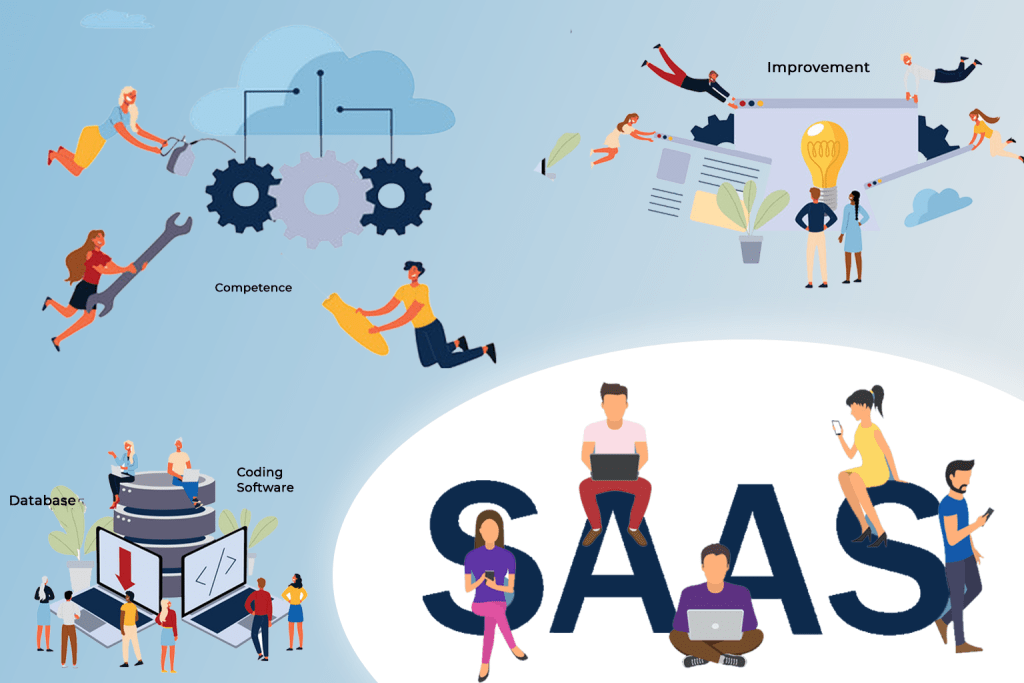
The reason behind it is that they are available as ready-to-use and can be used directly from the client’s browser and don’t have any other requirements.
Software-as-a-service is completely hosted remotely and all of the aspects are managed by third-party vendors. This allows a CRM development company or some other client to enjoy the services without having much responsibility.
SaaS Examples
Software-as-a-Service is one of the few cloud-based services that were present even before organizations migrated to the cloud. Some of the best of SaaS that all of us use are likes of Outlook and Gmail. Some of the other SaaS service providers are, as mentioned below:
- Salesforce
- Cisco WebEx
- Dropbox
- ZenDesk
- MailChimp
- Slack
- HubSpot
- DocuSign
- Google Apps
- Microsoft Office 365
Who is it for?
SaaS is the most limited version of the cloud computing services is usually recommended for smaller companies and startups. Whether it is custom mobile app development services or e-commerce, SaaS offers the fastest and simplest services. However, these don’t allow high customization.
SaaS Delivery
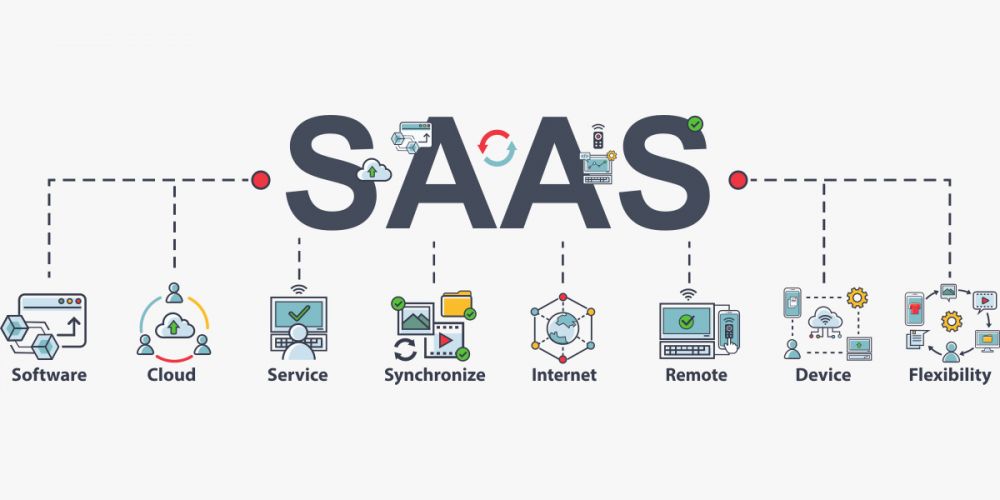
While other cloud computing services like IaaS and PaaS require some on-site arrangements, SaaS is different from those in this sense.
These services are provided completely through web browsers and allow clients to access them from anywhere. In addition, they can also access the same through applications.
SaaS Pros
Software-as-a-Service provides several advantages to clients. Some of these are, as mentioned below:
- Much like other cloud-based services, SaaS offers amazing cost reduction opportunities for smaller businesses.
- SaaS solutions are quite scalable as they can be adjusted as per the client’s needs.
- It allows integrations with other SaaS applications without actually needing by or owning software or server.
- As compared to other cloud computing services, SaaS is most easy to use.
SaaS Cons
Some of the disadvantages of SaaS are, as mentioned below:
- Since huge volumes of touchy information are being traded with off-premise servers, security and consistency may be compromised.
- SaaS possibly considers insignificant customization with regards to highlights and abilities.
- It very well may be hard to incorporate SaaS with existing applications and administrations because of conditions.
- Clients have almost zero influence over functionalities, execution, personal time, or how their information is administered.
SaaS vs PaaS vs IaaS
We have looked at SaaS vs PaaS vs IaaS as in their definitions, examples, advantages, disadvantages, uses, and other things.
Now, let’s compare them to each other term by term. First, we will be looking at IaaS vs PaaS, then SaaS vs PaaS, and lastly LaaS vs PaaS. Going through these will help you know which is the best option for you.
1. IaaS vs. PaaS
Infrastructure-as-a-Service provides sufficient control over operating systems and it is also the foundation of cloud computing.
With this being said, Platform-as-a-service which is a lesser version of the former one is used for creating applications without actually hosting them on their systems. While the latter option provides much more flexibility it takes away some of the control.
whether you are CMS web development software or a smaller business you can take advantage of both services based on your needs.
There are many large service providers and they can be used for specific purposes. For instance, Amazon Webs Services is an IaaS product that is recommended for building websites. On the other hand, PaaS provides much more customization in applications.
2. SaaS vs. PaaS
Just like we saw above, Platform-as-a-service is a great option when it comes to creating new applications and software with the already present network.
However, software-as-a-service is much better and take the same to next level. SaaS is entirely managed by the provider and offered remotely, which is much more flexible.
Now, who should choose a PaaS service over SaaS? Well, if you are someone who needs a payroll application or a webmail application made specifically for the organization’s HR requirements, platform-as-a-service is what you are looking for. On the other hand, once the product is developed and deployed it becomes SaaS.
Now, you can either transaction through these two steps or you can contact a SaaS software development company. And they can do it for you.
3. IaaS vs. SaaS
Lastly, Software-as-a-service solutions, which is one of the simplest cloud-based services vs infrastructure-as-a-service the very foundation of these three cloud computing services.
You see, SaaS is much more flexible and accessible while having less responsibility but also less control. On the other hand, IaaS provides the core components of an IT infrastructure.
Here, you can get many things including software, whole platforms, or even on-demand storage. Usually, enterprise software product management deals with the same.
Now let’s see which one is the best choice for you if you are stuck between this comparison. Well, for someone who needs total control over the cloud environment without any external management, IaaS is one for the. For it doesn’t take away any control and also allows the client to maintain the same components.
On the other hand, if you don’t care much for flexibility and want something much easier to use while also having fewer responsibilities, SaaS would work well for you.
Conclusion
In this blog, we shall everything one needs to know about these three different cloud computing services. And as you can tell, all three of these services are quite different from each other while also having some components of each other. At first, it can be a little confusing but at the end of the day, the difference is clear.
Which service is right for you or your business highly depends on the needs and requirements. As such, there are three main factors through which you can figure it out.
These are control, customization, or convenience. But something common in all of these three cloud-based services is that they are fast, cost-reducing, as well as better controlled. This is the reason why any hybrid app development company uses these services instead of creating them in-house.
Nevertheless, it is recommended that consult a good cloud computing service Provider Company before you hire one of these services.

